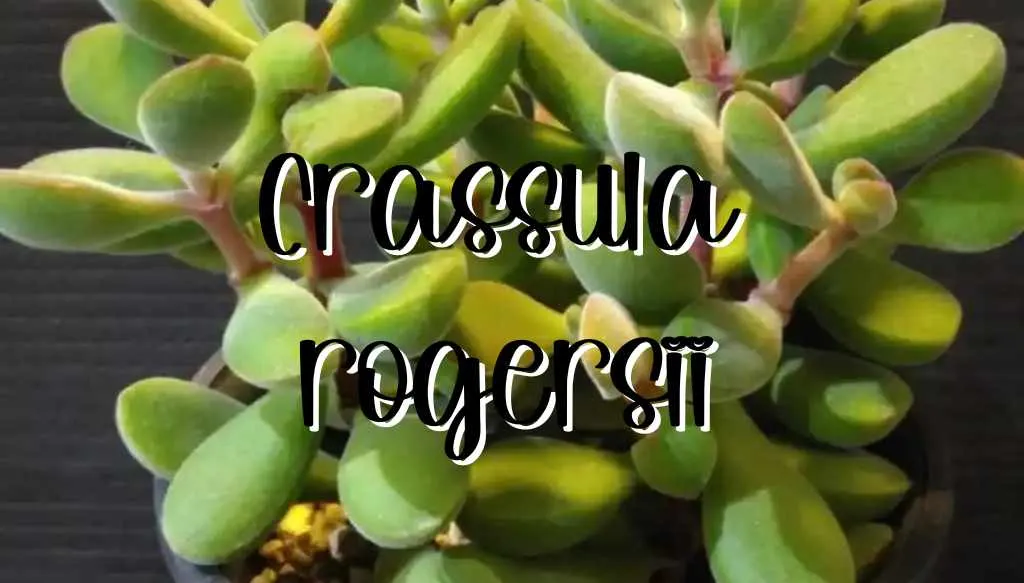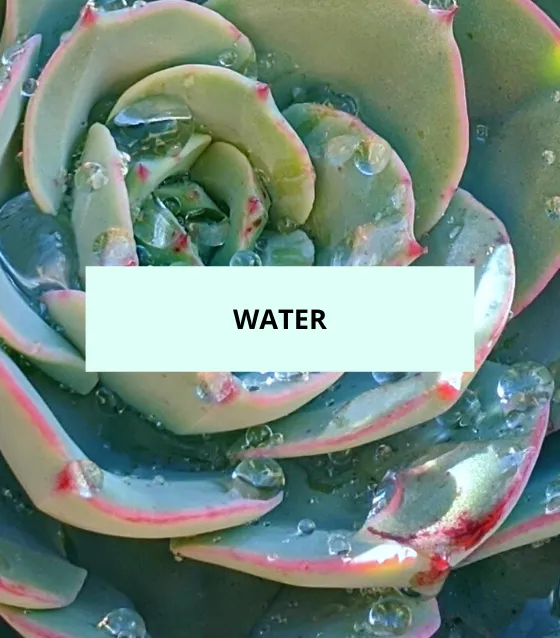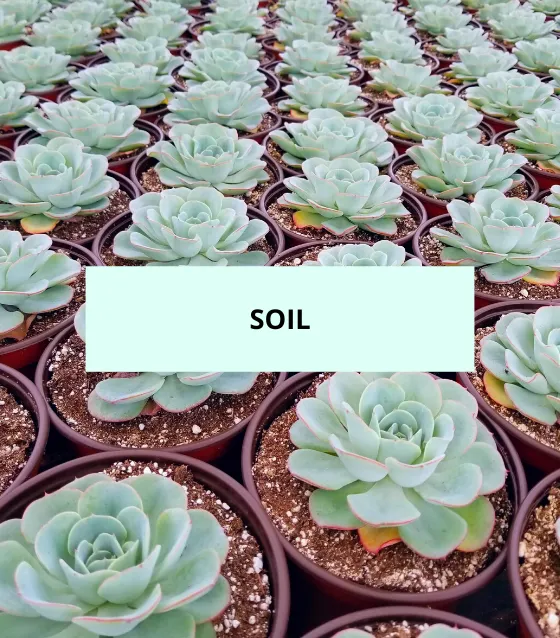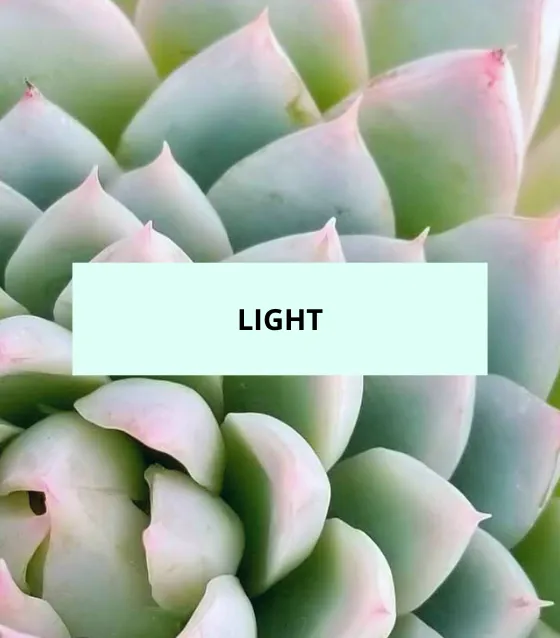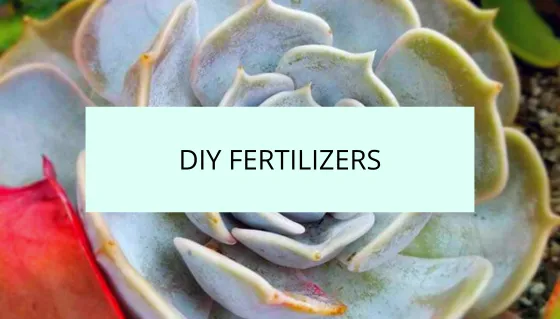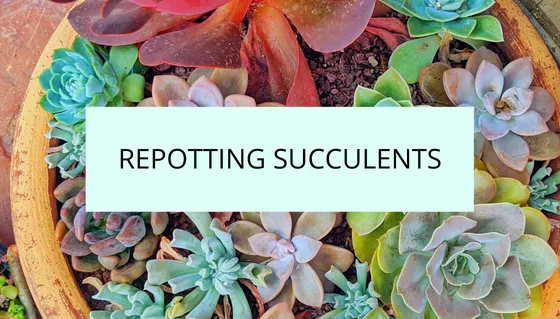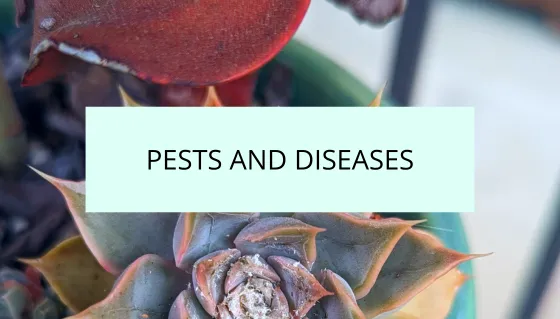Crassula rogersii is a stunning succulent that is beloved by many succulent enthusiasts. In this care guide, we will explore everything you need to know about Crassula rogersii, including its appearance, care requirements, propagation methods, common pests and problems, and much more. Whether you are a beginner or an experienced succulent lover, this guide will provide you with all the information you need to keep your Crassula rogersii thriving.
Dig in!
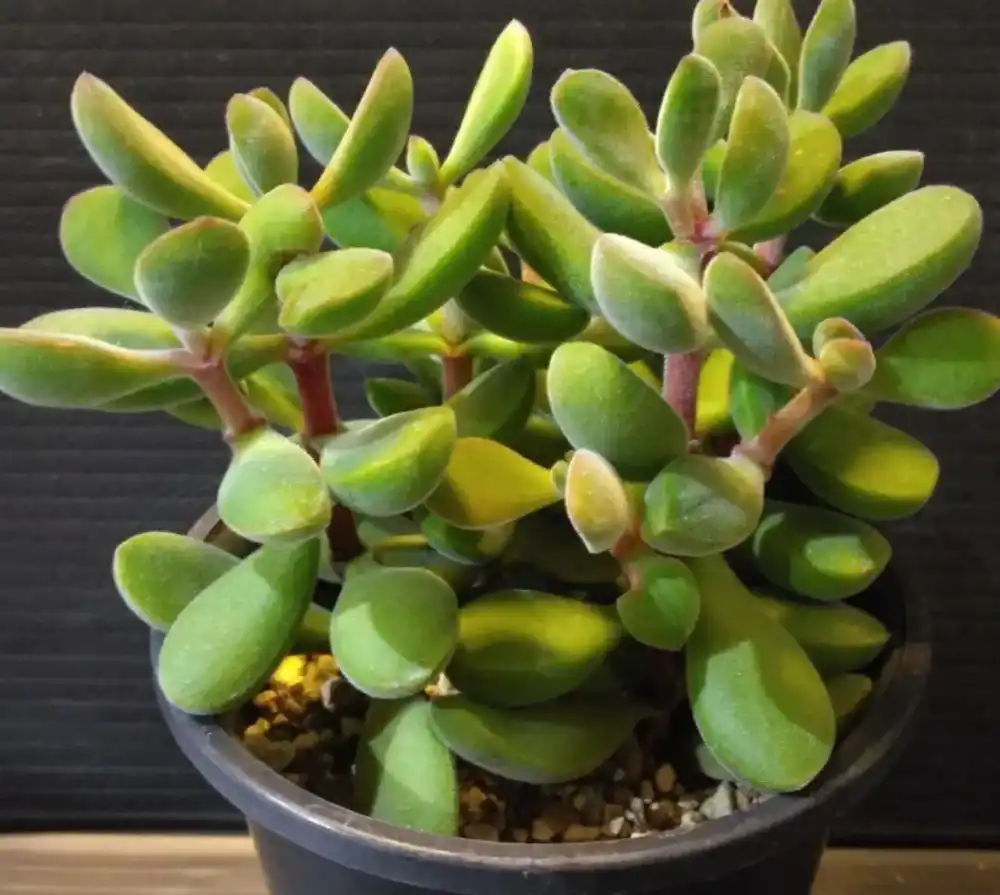
Appearance and Growth
Crassula rogersii is a small, slow-growing succulent that forms a clumping habit. Its leaves are oval-shaped and grow in pairs along the stems, resembling a string of beads or a delicate necklace. The leaves have a striking silvery-green color and are covered in fine hairs, giving them a velvety texture. As the plant matures, it can reach a height of about 6 inches (15 cm) and spread up to 12 inches (30 cm) wide.
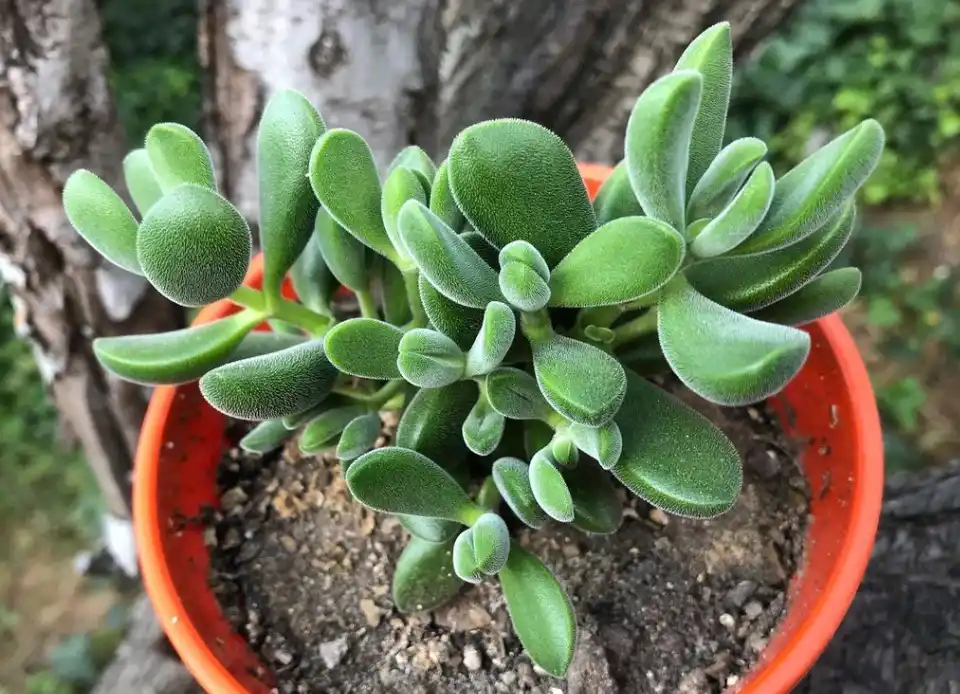
Flowering and Bloom Time
When it comes to flowering, Crassula rogersii produces small clusters of tiny, star-shaped flowers. The color of the flowers varies, but they are typically pale pink or white. The plant usually blooms in late winter to early spring, adding a beautiful touch of color to your succulent collection.
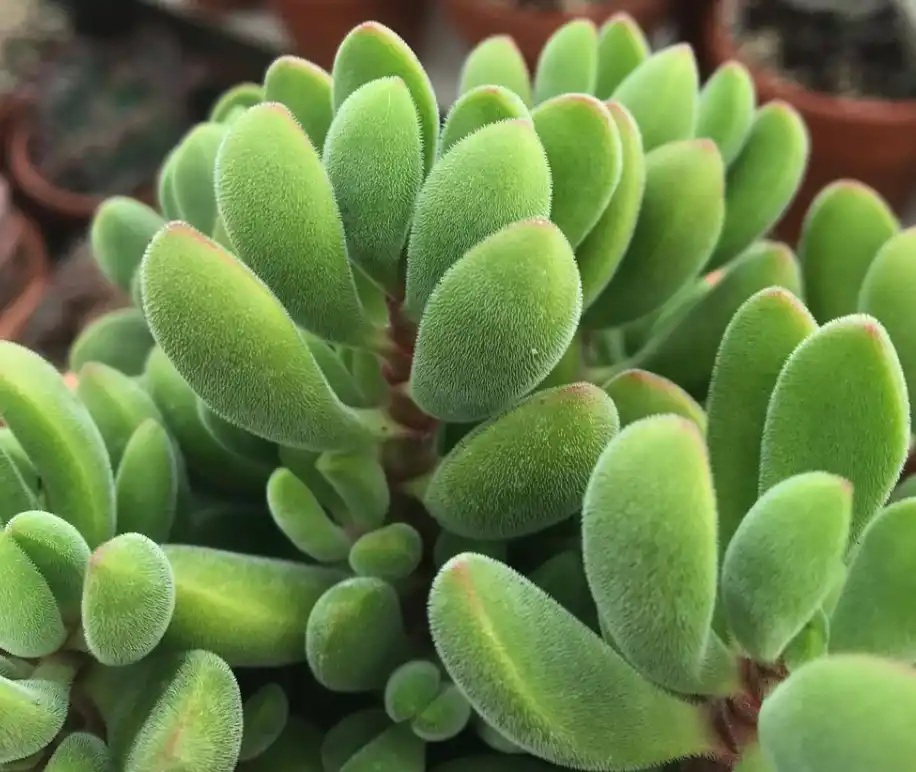
Crassula rogersii Care Tips
Temperature and Hardiness
Crassula rogersii is native to the Eastern Cape Province of South Africa and is well-adapted to warm temperatures. It can tolerate a minimum temperature of around 50°F (10°C). It is best suited for USDA hardiness zones 9b to 11, making it suitable for outdoor cultivation in mild climates. If you live in a colder climate, it is recommended to grow Crassula rogersii as an indoor plant or provide protection during winter.
Fertilizer
To keep your Crassula rogersii healthy and thriving, it is important to provide it with a balanced fertilizer during the growing season. Use a diluted succulent or cactus fertilizer, following the manufacturer’s instructions. Apply the fertilizer once a month to provide the plant with essential nutrients. During the dormant period in winter, it is best to avoid fertilizing.

Succulent fertilizer available to purchase on Etsy.
Propagation
Crassula rogersii can be easily propagated through stem cuttings. Here’s a simple step-by-step guide to propagating your Crassula rogersii:
- Select a healthy stem from the main plant.
- Allow the stem cutting to dry out and callus for a few days.
- Once the cutting has calloused, place it in well-draining soil, such as a succulent or cactus potting mix.
- Water the cutting lightly and place it in a warm, bright location, avoiding direct sunlight.
- After a few weeks, the cutting will develop roots and start to grow new leaves. At this point, you can treat it as a mature plant and follow the care instructions mentioned earlier.
When you’re rooting or transplanting your succulents and cacti, use SUPERthrive to help reduce the chance of transplant shock and grow a strong root system.
Crassula rogersii, or Baby Necklace plant, is a beautiful succulent that adds a unique touch to any succulent collection. With its velvety leaves and clumping habit, it is sure to catch the eye of succulent enthusiasts. By following the care guidelines outlined in this comprehensive guide, you can ensure that your Crassula rogersii thrives and remains healthy. Remember to provide it with the right amount of light, water sparingly, use well-draining soil, and protect it from common pests. With proper care, your Crassula rogersii will continue to delight you with its charm for years to come.

